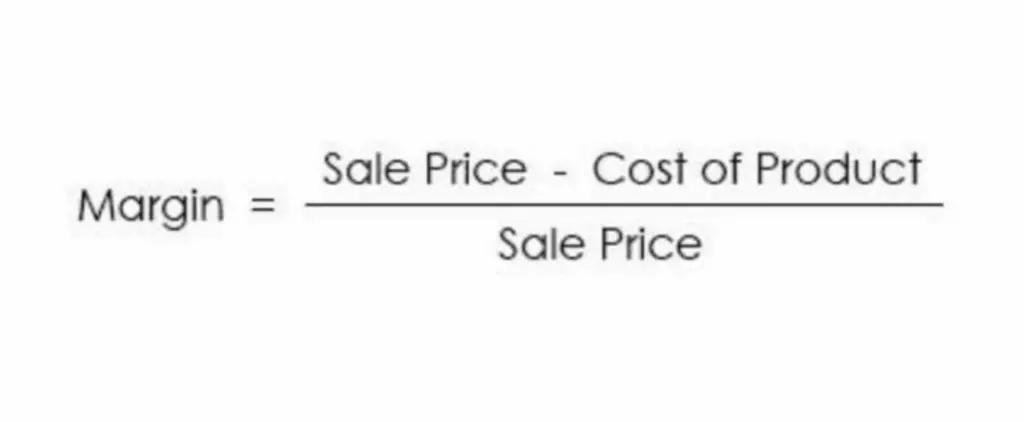Content

Account numbers can be appended with three- or four-digit indicators to include added data to signify divisions, parts, products, etc. These are created depending on business composition or how detailed its transaction descriptions may need to be. Each account is assigned a “type” that identifies how a transaction is to be coded, indicating where it should appear in the financial statement. Most software applications offer a multitude of options and categories for the account type and having these set up accurately is critical to financial statement accuracy.
- Also, the numbering should be consistent to make it easier for management to roll up information of the company from one period to the next.
- NetSuite also integrates with Cube, so you can keep your accounting and FP&A separate.
- Stakeholders can refer to the COA and balance sheet, and income statement to find the source of expense and earnings.
- A well-designed chart of accounts ultimately makes your business easier to manage and can save time and money.
- Let’s say you have a checking account and a savings account.
- Similar to a chart of accounts, an accounting template can give you a clear picture of your business’s financial information at a glance.
We like NetSuite because it’s a single platform for multiple services. While Excel and Google Sheets are great for beginning businesses, you’ll most likely want a dedicated financial software platform for all of your accounting chart of accounts example needs. There are several software solutions that can help automate and manage the chart of accounts. Even private companies will have shareholder equity accounts like this if they offer stock options to employees.
How Does Chart of Accounts Work?
Let’s restructure this chart of accounts to present it more clearly and provide more detail for management. The chart of accounts is a listing of all accounts used in the general ledger of an organization. The chart is used by the accounting software to aggregate information into an entity’s financial statements. The chart is usually sorted in order by account number, to ease the task of locating specific accounts. The accounts are usually numeric, but can also be alphabetic or alphanumeric. Home buyers are an excellent option for folks who are attempting to sell their homes quickly since they are willing to purchase properties regardless of the condition in which they are currently located. Visit https://www.cashhomebuyers.io/south-carolina/.
Not always employed, this designation is used to control the order of accounts as they appear in the financial statements and can be beneficial in making them generally simpler to decipher and more actionable. A chart of accounts gives you a clear picture of how much money you owe in terms of short- and long-term debts. Your COA can help you determine how much of your monthly income you can afford to put toward your debts and help you develop longer-term debt repayment plans. They also don’t have a retained earnings account as net income at the end of the year is distributed to the capital accounts. Owner’s equity is the owner’s rights to the assets of the business or what’s left over after subtracting the liabilities from the assets. It includes money invested by the owner of the business plus the profits of the business since its inception.
What is a Chart of Accounts? A How-To with Examples
By combining financials, sales, CRM, inventory, operations, and more in a single solution, SAP Business One enables SMBs to make more effective and informed fiscal decisions. From emerging businesses and start-ups to established organizations, NetSuite empowers fast-growing companies, both public and private, to unlock their potential. These cloud-based solutions streamline critical business processes, reduce IT costs, and scale as business needs grow. Liabilities are all the debts that your company owes to someone else.
What is the most commonly used chart of accounts?
The balance sheet accounts
We call these the “balance sheet” accounts because we need them to create a balance sheet for your business, which is one of the most commonly used financial statements.